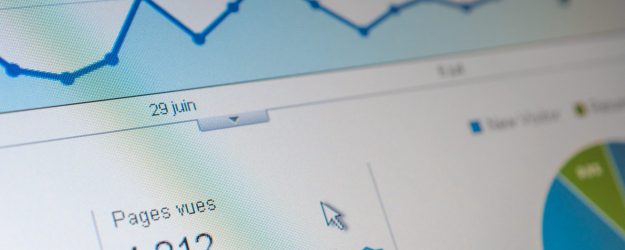Over my professional career I have worked hard to build a personal data asset, my own personal knowledge base.
On this blog I have talked repeatedly about the massive amount of information available to modern knowledge worker. Information sifting is a learned skill. On a given day, I might consume snippets from a hundred content sources: online news, twitter, blog posts or newsletters. I also try to connect with a new person each day and make two introductions a week. In the technology world, your compensation is often tied directly to your ability to pattern match, create your own luck and react faster than some one else.
But how do you get a leg up over the competition? How do you build your network? How do you quickly become an expert in different subject areas? As a consultant or angel investor, how do you quickly demonstrate your ability to add value?
The answer is to build a personal data asset. This asset can be housed within one or more infrastructures, but the key is to be able to quickly find or recall information as quickly as possible and then use that information to inform new insights and make new connections.
The idea of a second brain, or personal data asset is not new. It is partially based on the concept of Zettelkasten (German for “slip box” or “card index”). Ryan Holiday has talked about common place systems at length. Author Robert Greene famously uses a note card system to capture book notes as he reads (Robert is a voracious reader like Warren Buffet). These notes and highlights then allow him to quickly recall information and pattern match; techniques that allow him to generate new ideas and write his own books faster.
My quest to build a personal knowledge repository started with my love for the original url bookmarking service, Delicious. Over the course of a few years I saved literally thousands of bookmarks (over 9,000). I developed a tagging and note system that allowed me to quickly recall information. As a result, in my early days of advising startups I was jokingly referred to as a “human encyclopedia of startups” – I would meet a founder working on an interesting idea and could quickly tell them the name of companies who had tried this before and failed, the names of potential competitors and who were the people they should be talking to for feedback and investment. I didn’t have an encyclopedic memory – far from it. What I did have was a set of tools, systems and workflows that helped me look smart and be hyper productive.
So you may be familiar with tools like Notion, Coda, Roam Research, Airtable and Zapier. These systems are great to store information, but what information should you store in the first place? How detailed should your notes be? What types of tags allow you to most quickly recall information or pattern match? Is it worth using Notion or Airtable as a CRM?
I’m happy to share my system with you, for free. I do this because I think it is imperative that the modern young professional (especially us generalists) be building competitive advantages wherever they can. In most cases this means: your network (a well curated CRM is core to your personal data asset), your knowledge base (the ideas and content library you build) and your workflows (how you make use of your CRM and knowledge base).
To get my tips on how to set this up for yourself, please subscribe to Leveraging Ideas (via newsletter below).
When you do, you will receive an email thanking you for joining. Simply reply to that and let me know you’d like me to send my strategy on personal data platforms. It’s that simple.
In return, if you find the information valuable or enjoy other content here on Leveraging Ideas, please consider forwarding or sharing with a friend.

